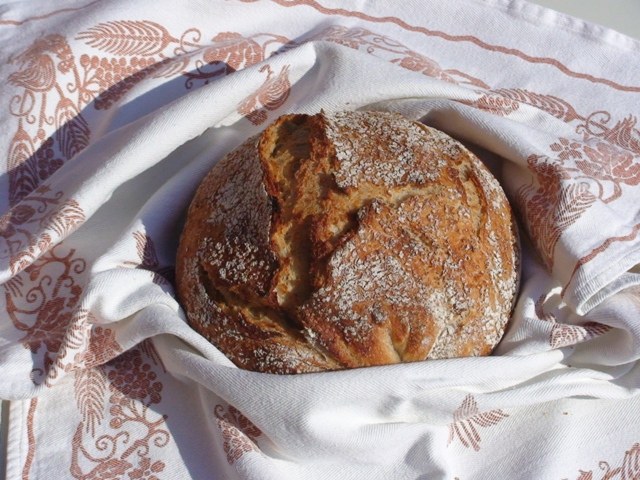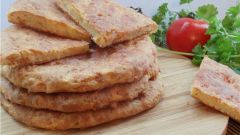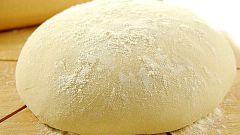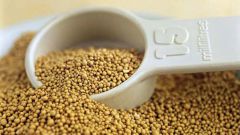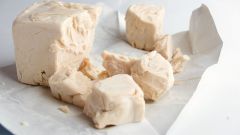You will need
- - yeast;
- water;
- - sugar.
Instruction
1
Dry yeast are of two types – active and instant. Both have the same requirements when selecting and storage, but their application is different.
2
Active dry yeast is similar to the small beige beads. It is their involves the most Western authors, when the prescription is written simply – a bag of yeast or a few grams of yeast. To activate the yeast, measure specified on the package or in the recipe amount of warm liquid, usually ordinary water, but it could be the milk. As yeast is alive, it is very important to "Wake up", but not "cooking" them, so the liquid temperature should be from 35 to 42оС. Add "food" for the yeast – a few teaspoons of sugar. Stir until complete dissolution.
3
Take the dry yeast and evenly sprinkle them over the surface of the water. Wait a few seconds and stir. By this time the granules get wet and the yeast will find the consistency of paste.
4
If your kitchen is warm, simply cover the vessel with yeast with plastic wrap, if a little chilly – wrap with a towel. Let stand for 5-10 minutes. If after this time the yeast does not become bubbly, not the foam, then use them in baking is not necessary. They are not active. The reason for this may be the expired shelf life, improper storage or too hot water. If the yeast is bubbling, they are ready to "work".
5
Instant dry yeast-also called instantaneous, fast, or fast growing (fast) yeast. All of these names you may encounter in recipes. They look similar to finely ground powder of light brown color. Instant yeast does not need activation, you can add them directly into the dry ingredients. Also, when kneading dough with this yeast requires only one proofing. But for this speed and ease of use have to pay. The dough on the quick yeast is a less aromatic, which, in principle, does not matter when you bake very sweet or highly flavored products.
Note
If the recipe specified the type of yeast, which is not at hand, keep in mind that they are interchangeable - it's all about quantity. Instead of 1 teaspoon of active dry yeast you'll need ¾ teaspoon instant, 30 grams of fresh yeast is equivalent to 2 whole and ¼ teaspoon dry.
Useful advice
Among domestic cooks, it is believed that Western and domestic yeast are different in activity, so in some books and on many cooking forums suggest "our" yeast add two times longer than stated in recipes.
